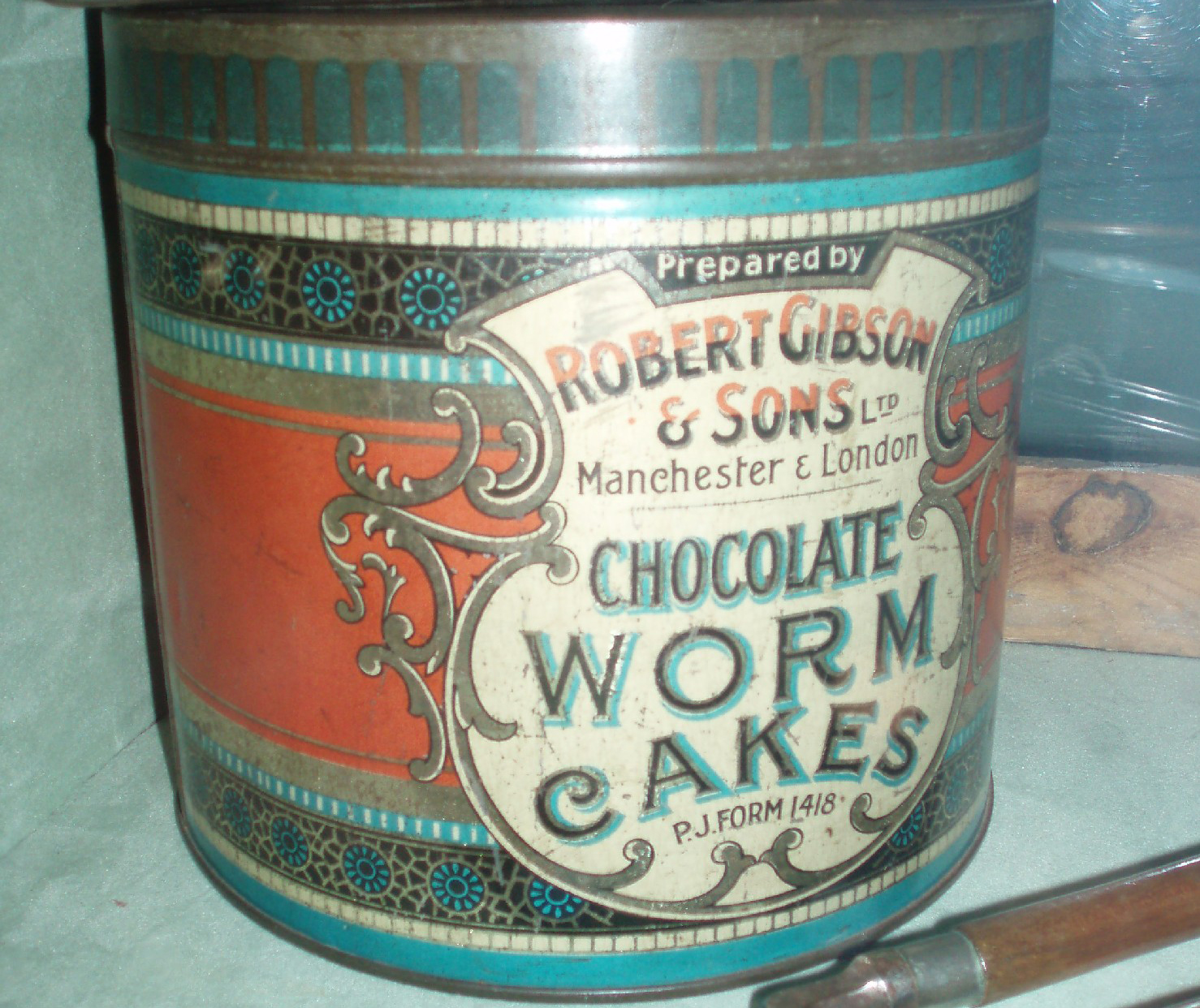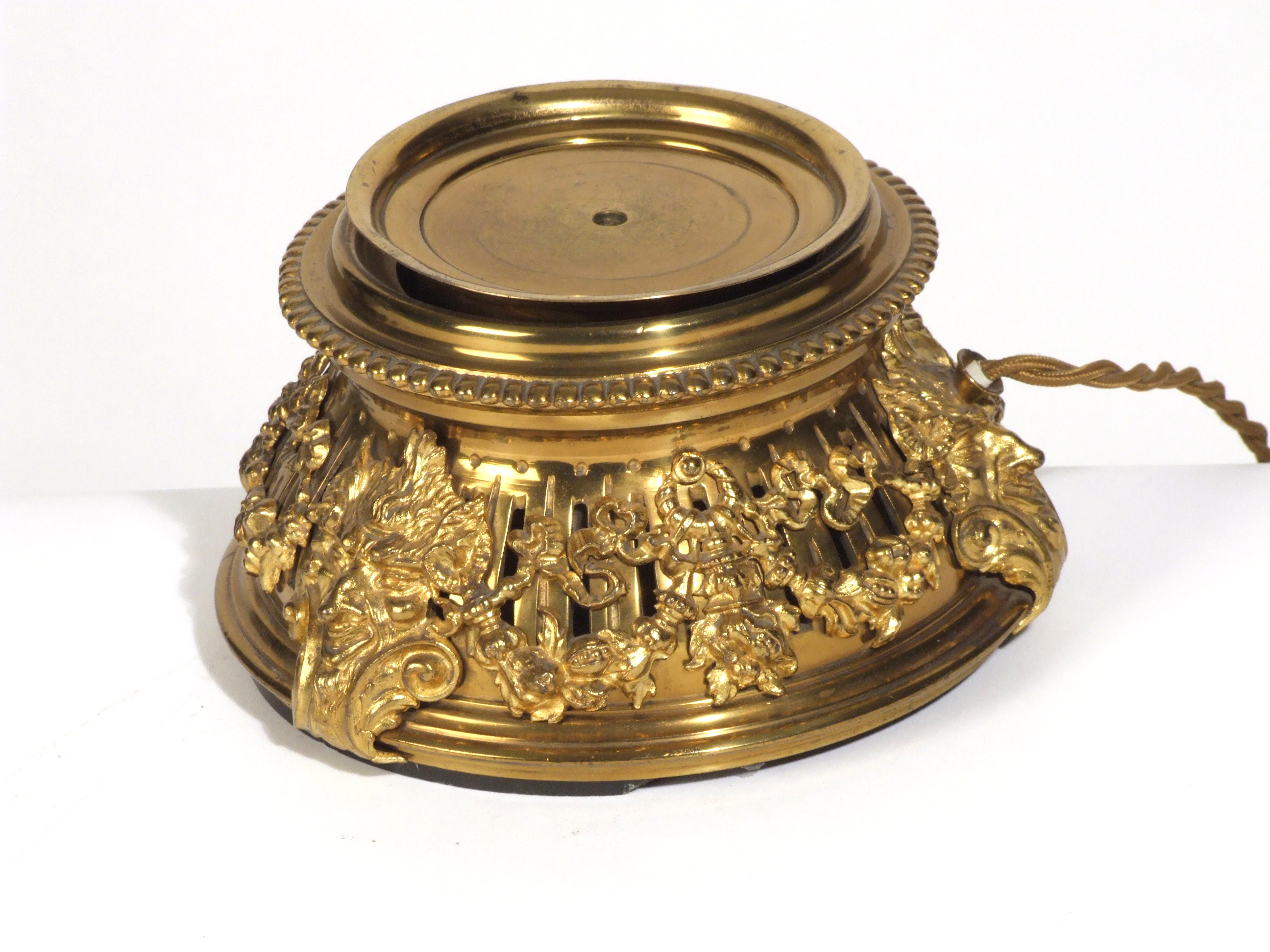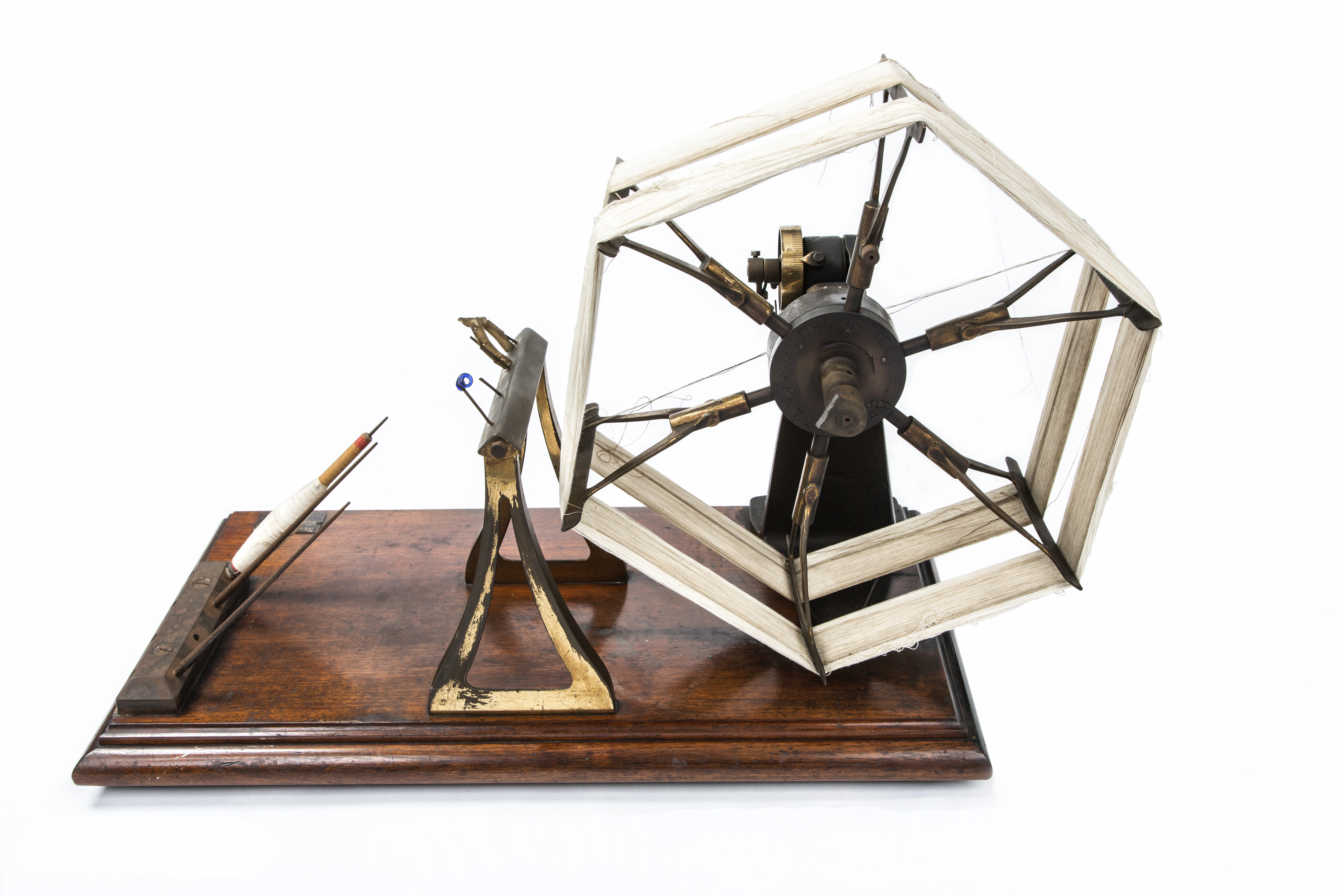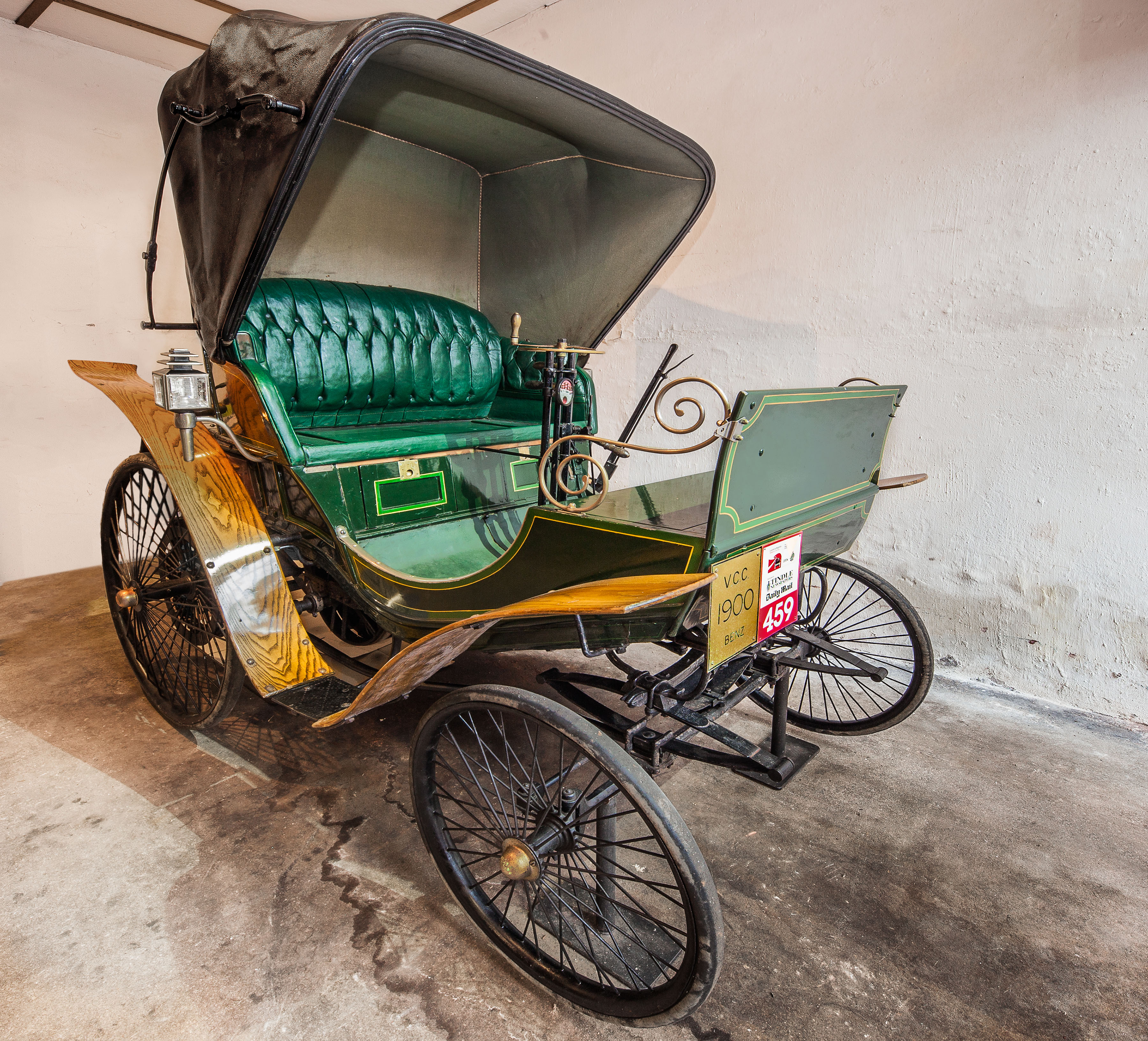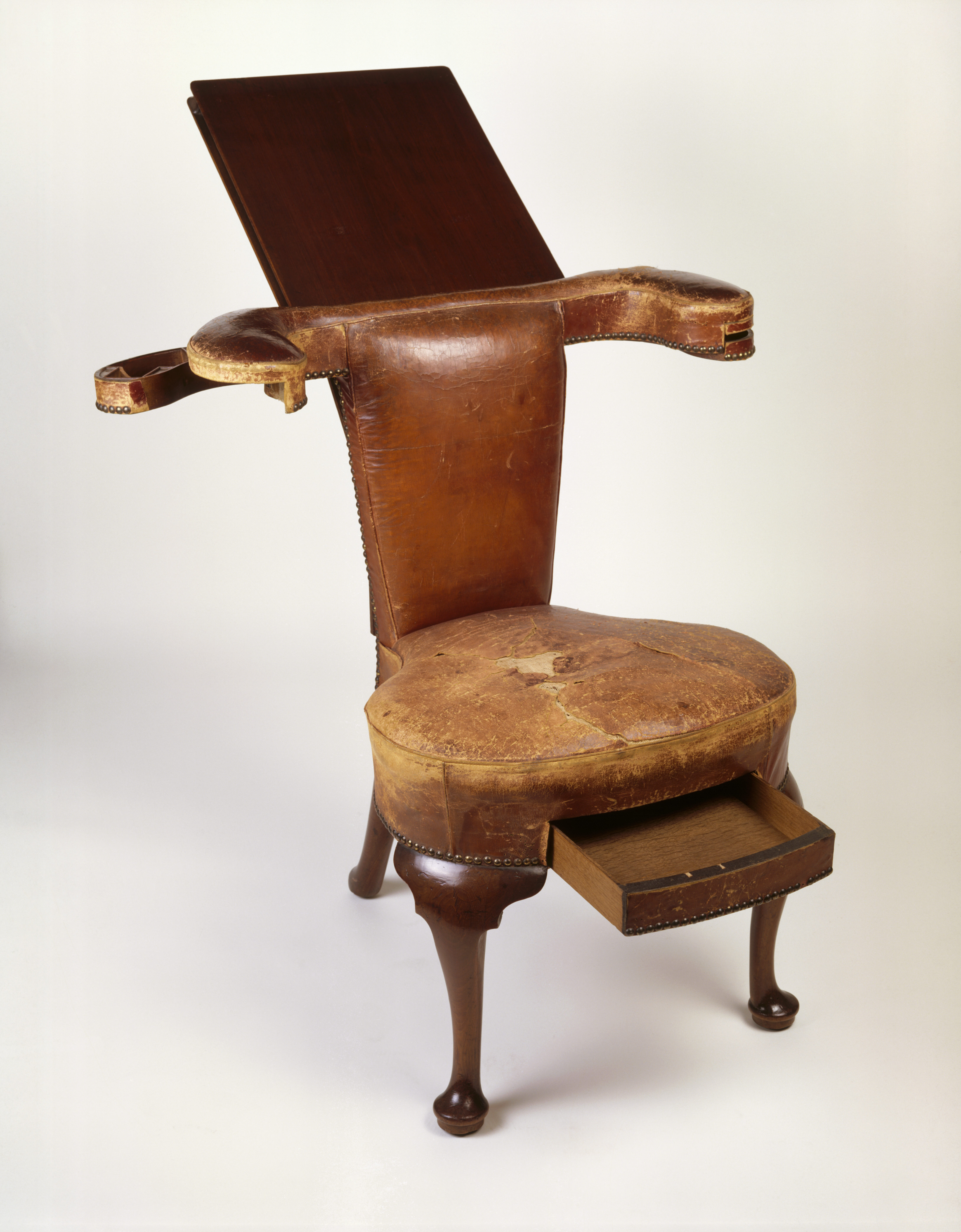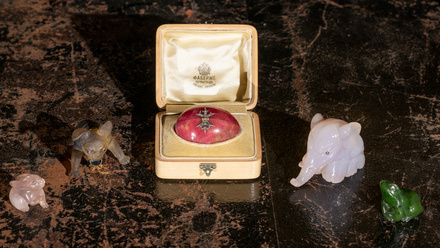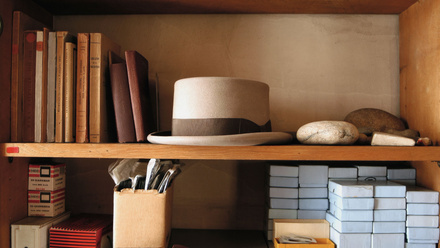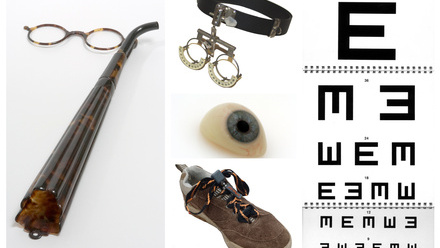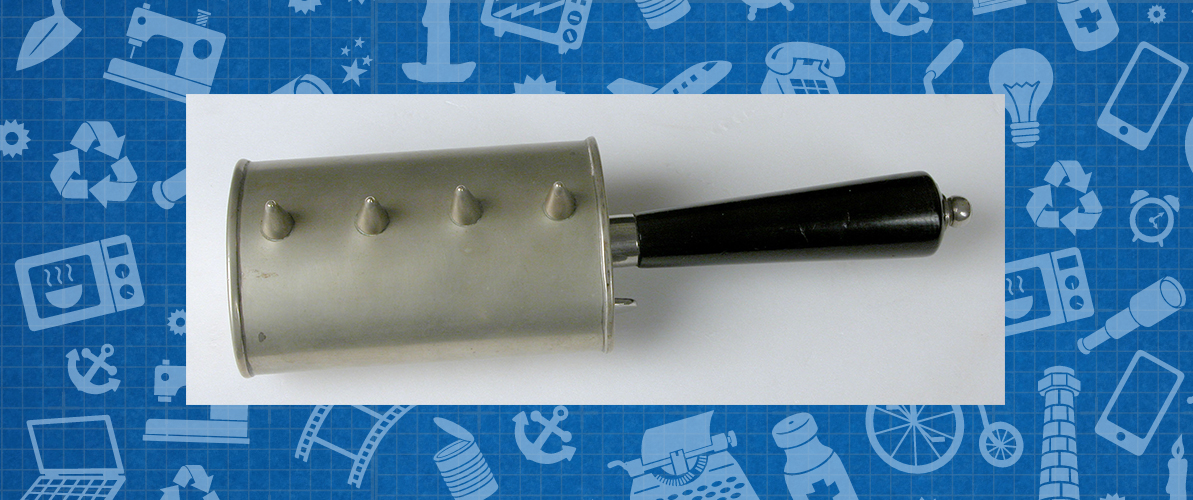
For thousands of years humans have used curiosity and creativity to shape the world around them and meet their changing needs. The National Trust cares for places where significant discoveries occurred that helped shape the modern world, or whose owners and residents were early adopters of new technologies. At Lacock in Wiltshire the photographic negative was invented and refined by William Fox Talbot, while Cragside in Northumberland was the first house in the world to be lit by hydroelectricity using Joseph Swan’s newly developed lightbulbs. Yet invention is not necessarily about coming up with a completely new idea. It can also be about improving or adapting an existing design. The inventions featured below may seem curious, but some are early examples of objects still in daily use. Together, they help us explore the history of social and technological changes that have affected us all.
Beauty & the beast
The hair-raising metal gadget at Wightwick Manor near Wolverhampton may look like a weapon but is actually a Victorian brush hair dryer (see top image). Unlike modern hairdryers powered by electricity, this was filled with hot water and brushed repeatedly through hair to dry it. It was one of many hair and beauty-related inventions developed in the 19th century during a boom in manufacturing and innovation. (Catalogue reference - NT 1288759)
Find out more
- National Trust collections
- Blog - search for more curious collections from around the country
Read Katie's earlier posts for more highlights from the Trust's collections:
- Curious Collections - A first introduction to the curious collections of the National Trust
- Let's Bake! - A rummage through the cupboards for items related to baking!

